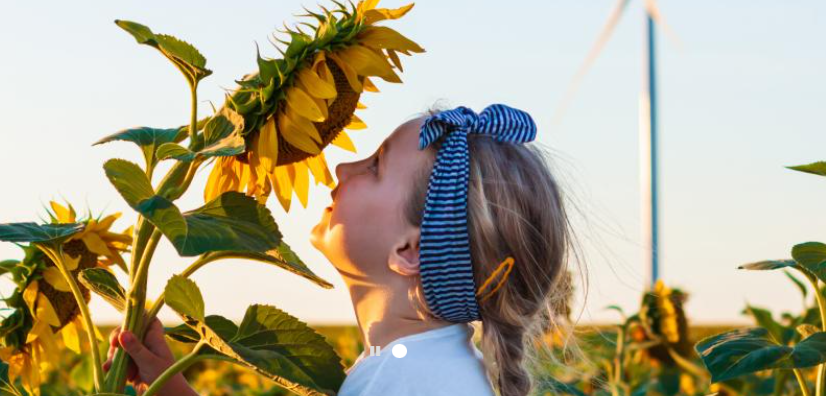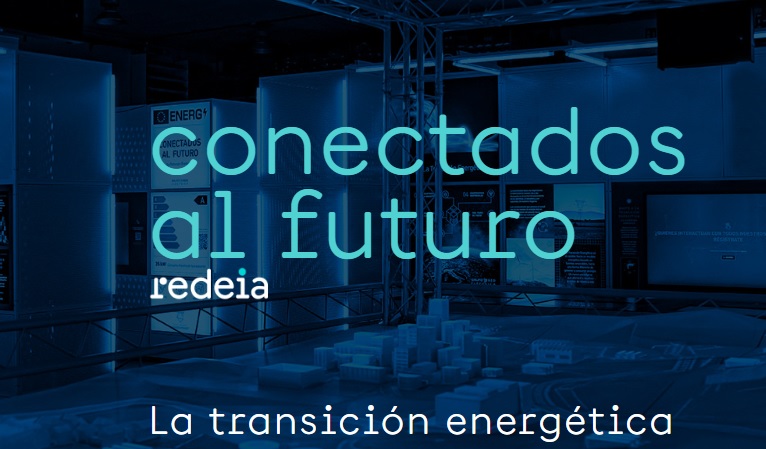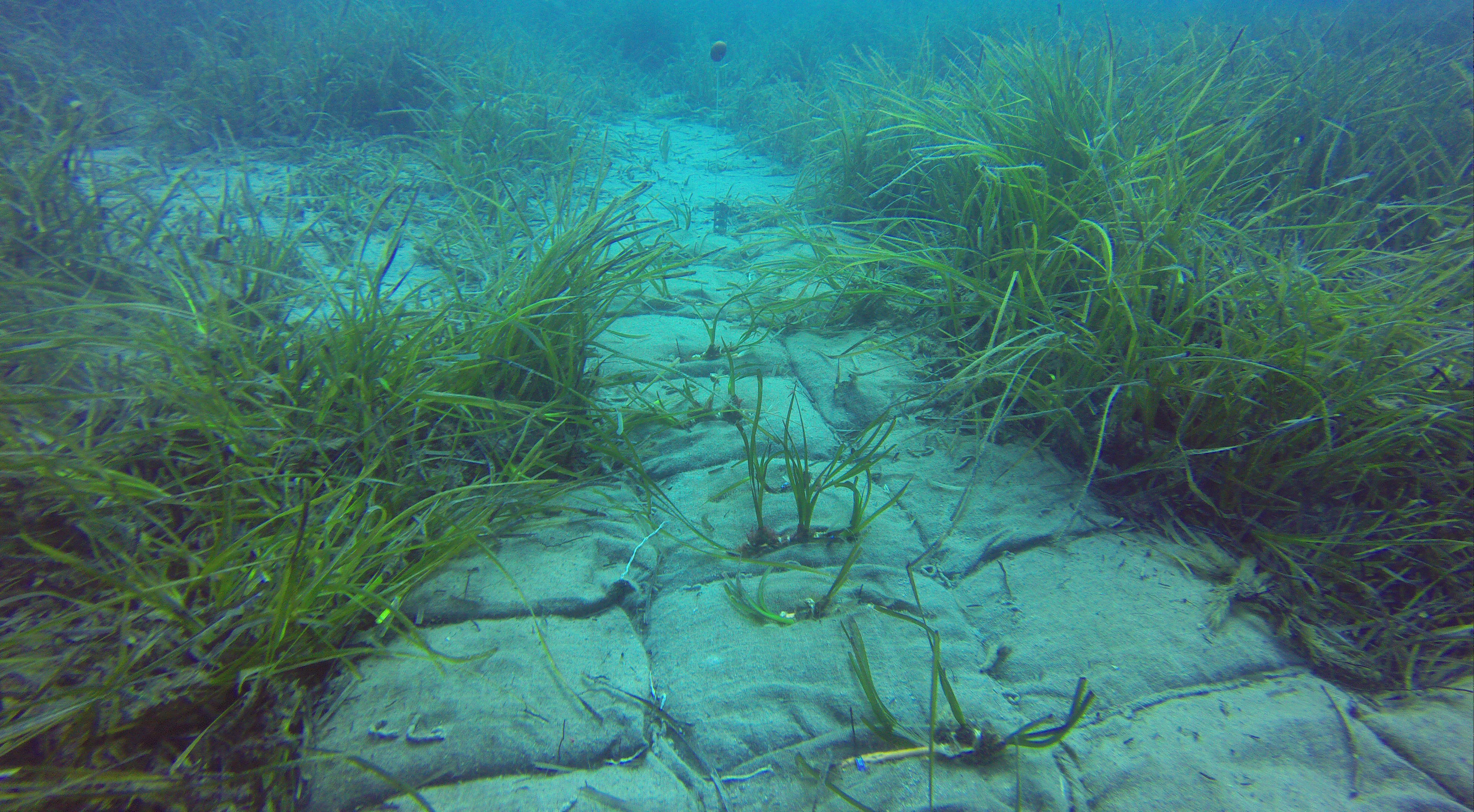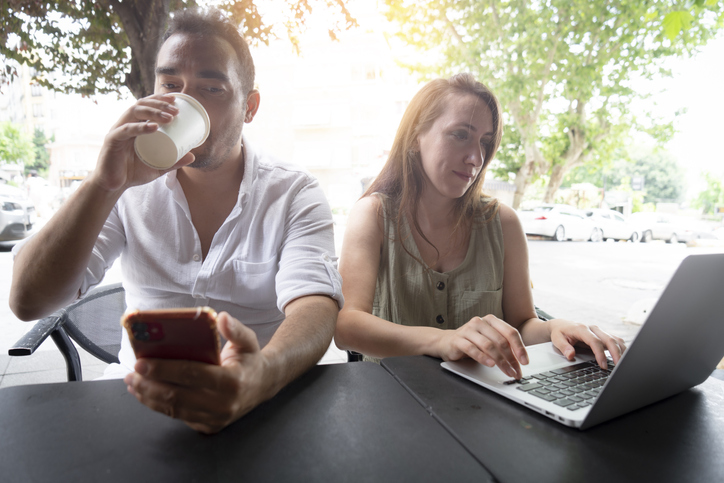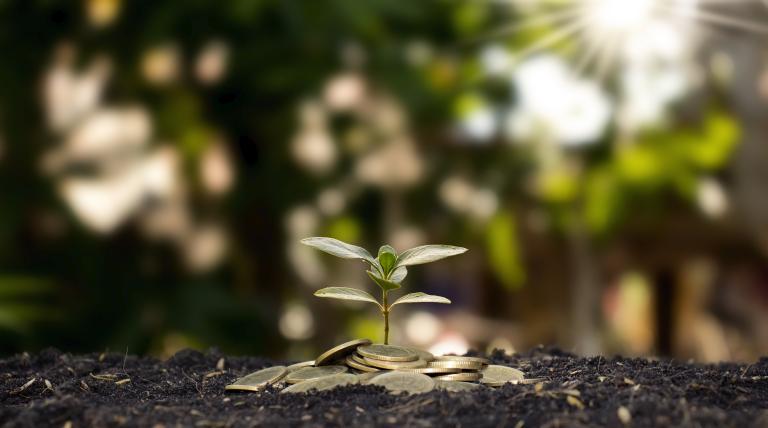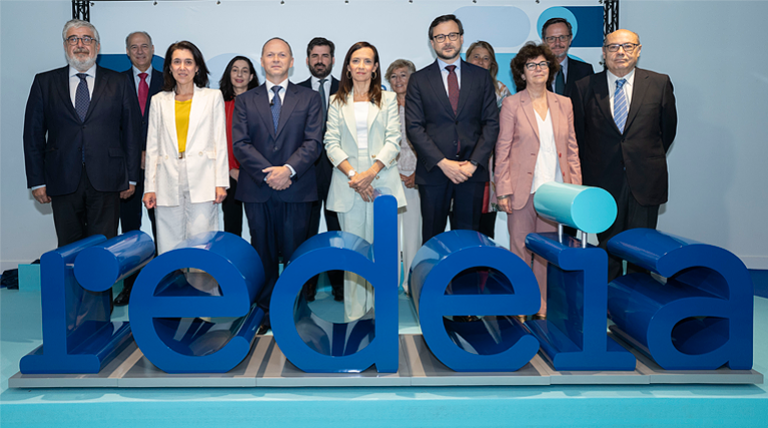We are a global operator of essential infrastructure
- They are female students from the academic centres: Julio Blanco, in Cueto (Santander); Martín Rivero, in Ronda (Málaga); Mirasur, in Pinto (Madrid); Padre Manjón, in Granada; Torrenova, in Betxí (Castellón) and Sor Juana de la Cruz, in Cubas de la Sagra (Madrid).
- Among their projects are solutions for recycling urban and electronic waste, recovering burned forest ground, making housing and cities more sustainable thanks to renewable energy or refreshing classrooms without pollution.
RedeSTEAM, Redeia’s challenge to promote scientific and technological vocations among 14- and 15-year-old girls, already has its winners: 30 students in the 3rd year of secondary education that have designed STEAM proposals to contribute to a more sustainable world.
The female students belong to academic centres in Castellón, Granada, Madrid, Málaga, and Santander and have taken part in five teams developing technological or scientific solutions to at least one of these challenges: Electricity, Telecommunications, and Sustainability. The jury has selected two winning projects per each challenge.
Among its initiatives are ideas and prototypes to improve and promote the recycling of urban waste, give a second life to metals and minerals in obsolete electronic devices, or recover ground damaged by forest fires. Furthermore, there is a project to improve energy efficiency in housing by using traditional architecture and energy from renewable energy. It is an initiative to promote sustainable mobility in cities and a solution to lower temperatures in classrooms without leaving a carbon footprint.
The winners will attend October Redeia’s Sustainability Days to collect their award and participate in workshops taught by a group of Big Van Ciencia scientists and researchers, who will continue to develop their STEAM vocations, like aerospace engineering and robotics, chemistry, and physics, for a more sustainable world or scientific creativity. Also, the winning centres will receive equipment and materials for STEAM-themed labs and classrooms worth €3,000.
The jury consisted of Elena García, a researcher at the Spanish National Research Council (CSIC) and creator of the first infant exoskeleton, representing the Royal Academy of Engineering; Carmen Mayoral, from the ICB-CSIC Carbon Chemistry Institute, on behalf of the Engineers and Technologist Women Association; María Soler, Engineering and Construction director at Red Eléctrica; Eva Pagán, International Business CEO at Red Eléctrica; and Silvia Bruno, CTO at Redeia and director of the technological innovation platform Elewit.
An initiative within the STEAM Alliance with the Ministry of Education
In Spain, only 13% of students in the fields of Science, Technology, Engineering, and Mathematics are women. As a result, female talent is absent or a minority in productive sectors that are essential for the country and the transition to a sustainable, fair, and inclusive development model.
Occupational segregation perpetuates the gender gap, impacting negatively on the economy and contributing to creating a future without the plurality and wealth of visions and skills that the whole society brings. Schools have a key role to play in promoting girls' interest in STEAM subjects and reversing the gender gap in these disciplines.
RedeSTEAM was created within the framework of the "STEAM Alliance for Female Talent. Girls taking up science," of the Ministry of Education and Vocational Training, to which Grupo Red Eléctrica and Power to Code are members. Thanks to this initiative, they join forces to shape an education and training system without gender stereotypes, which promotes women's empowerment in STEAM disciplines from a young age and contributes to eliminating the gender gap in access to these disciplines.
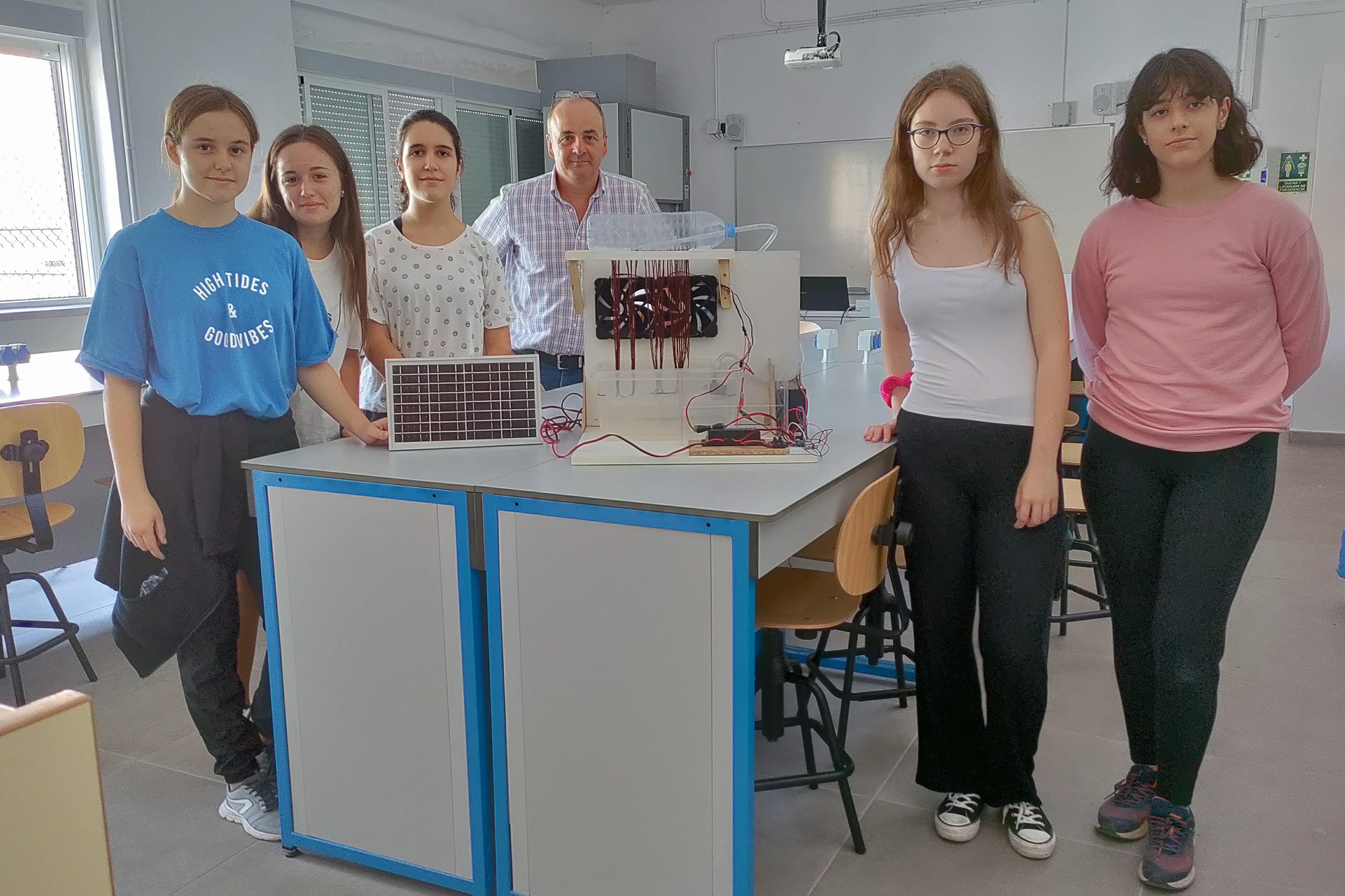
IES Padre Manjón, Granada
Sustainable air conditioning. This team has worked on a prototype to counterbalance the impact of climate change without further damaging the environment: air conditioning and a water dispenser fed by a photovoltaic solar panel and a battery to store energy, as well as a regulator to transform energy and transmit it both to the water pump and the device’s fans.
Thanks to their project, they have managed to lower the temperature in a classroom in their centre by five degrees. They had already reached 40ºC, causing some students to faint. They suggest that the innovation could be replicated in the technology classrooms in other academic centres..
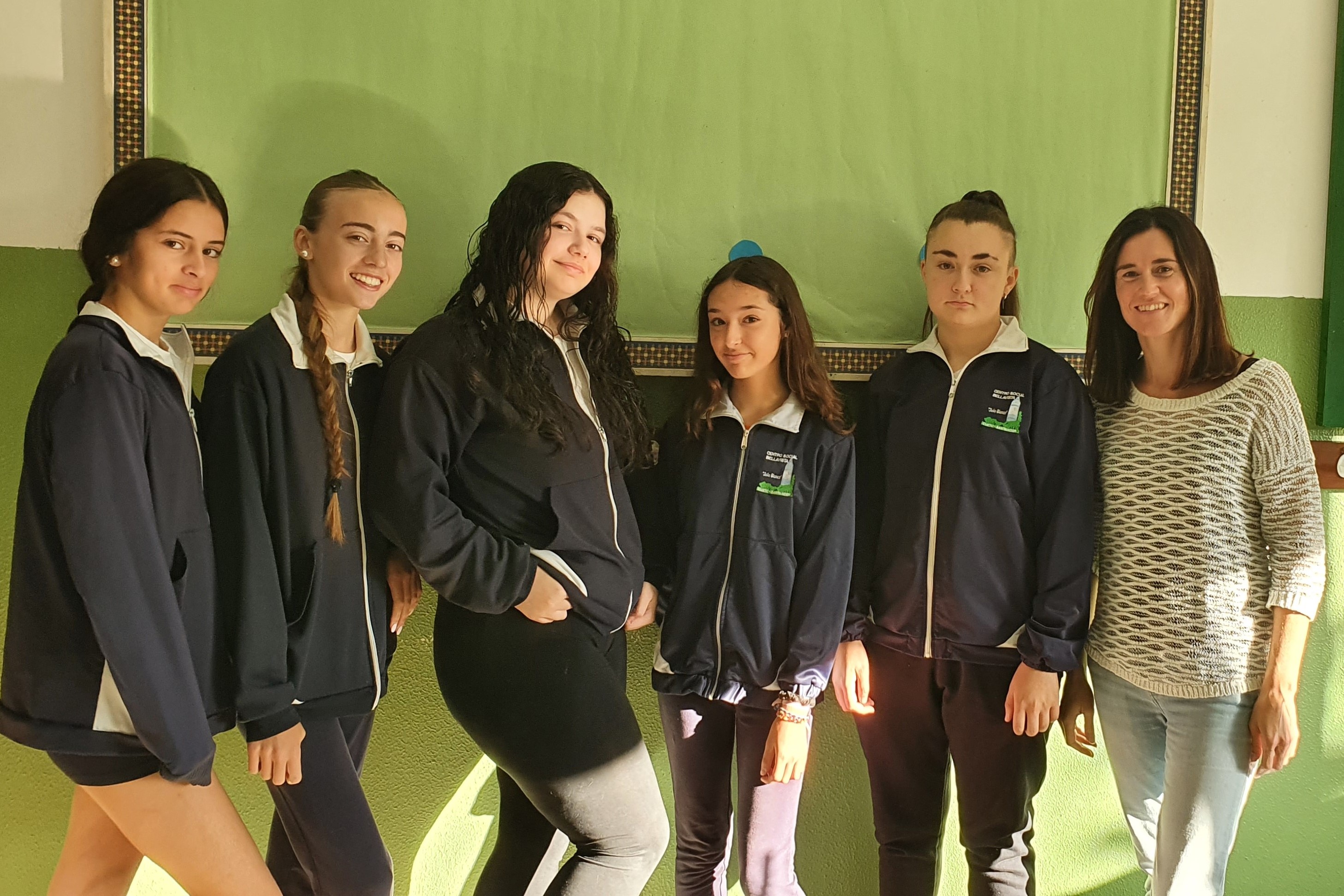
CS Bellavista Julio Blanco, Cueto (Santander)
Sustainable city. Aware of pollution resulting from the use of fossil fuels, the girl students from Colegio Julio Blanco submitted a proposal based on promoting zero-emissions public transport (electric trams and buses), automating public lighting, and consuming solar energy.
To do so, the prototype included LDR sensors in street lamps so they are only lit when there is a shortage of natural light and the installation of solar panels to power a light sign that welcomes visitors to their town, Cueto. Their initiative translates into energy savings of 10 million w/h and an expense reduction of €3 million.
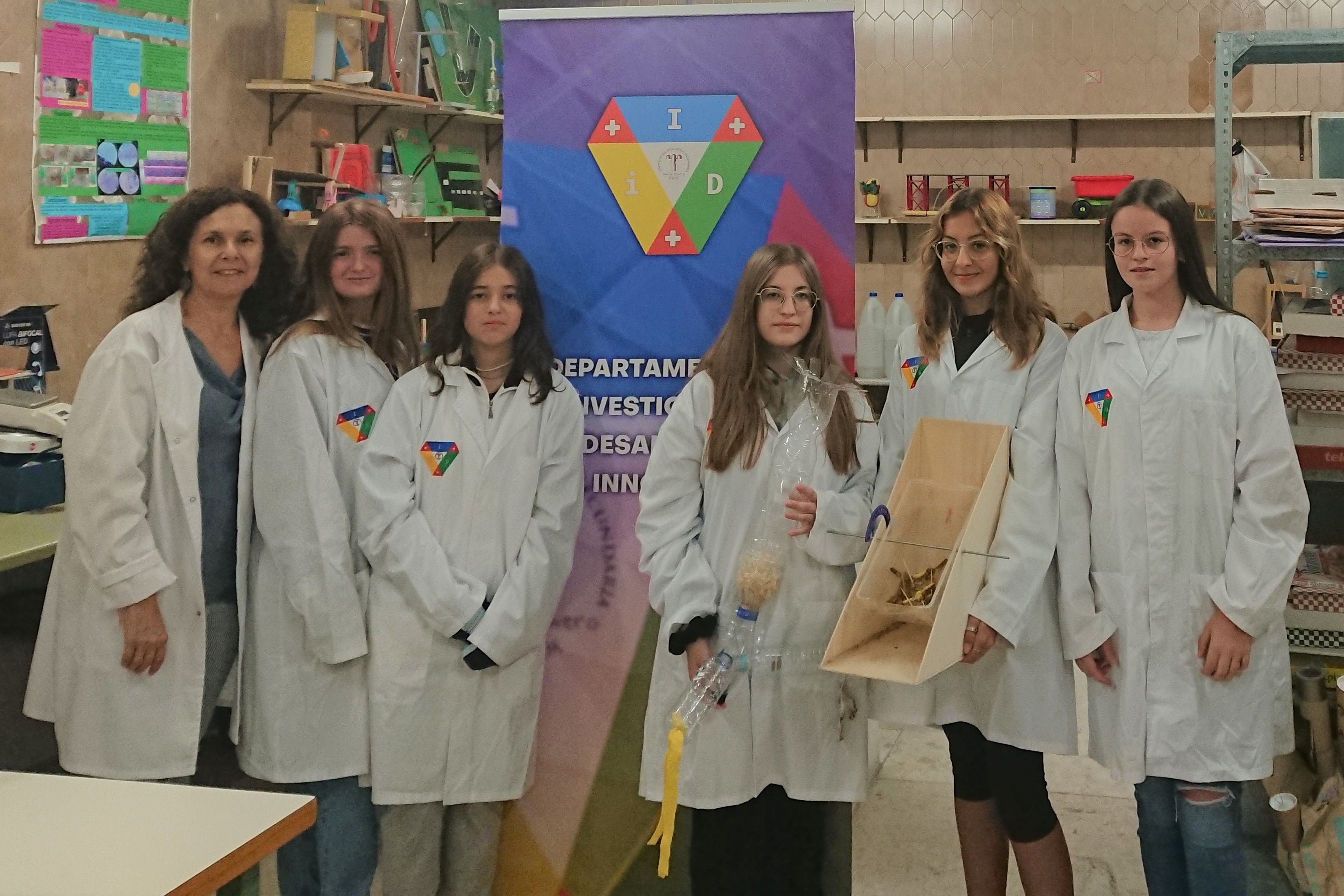
IES Martin Rivero, Ronda (Málaga)
The phoenix in the Sierra Bermeja fire. The schoolgirls in the Serranía de Ronda high school came up with the idea of a project to recover burned ground after a forest fire, such as the one that happened in Sierra Bermeja (Málaga) in September last year. It consists of a device to collect rainwater and to independently water that allows for the stabilization of burned ground due to a design that mimics tree roots and their function, thus keeping land connected and aiding in the recovery of its quality.
In turn, to improve water filtration on the ground, they have proposed using a homemade snail shell-based fertiliser that adds calcium to the ground that is easy to absorb.
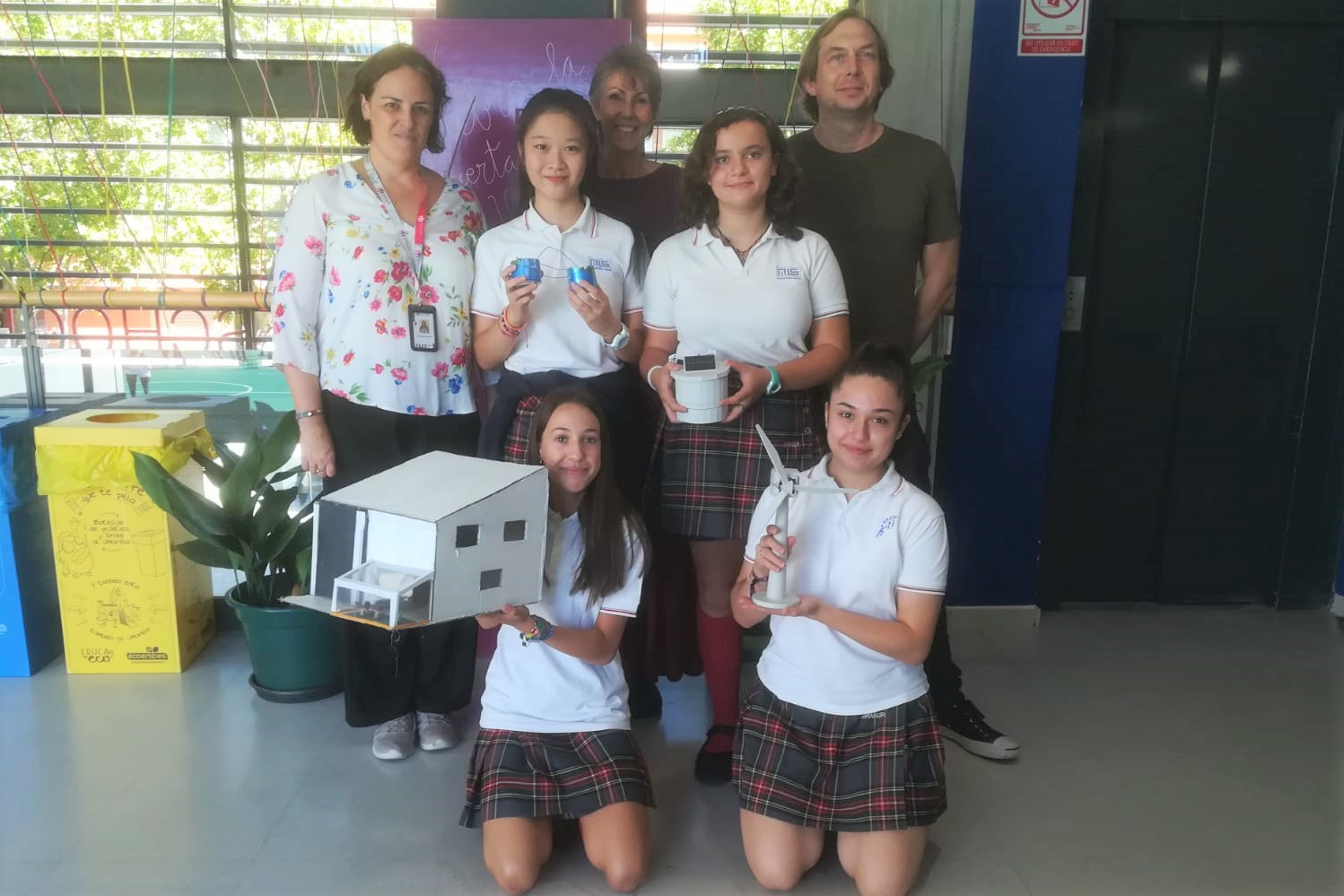
Mirasur School, Pinto (Madrid)
Save energy, save the world. STheir project has focused on studying constructive possibilities and the technologies that can make housing the most sustainable, from contemplating energy-efficient designs to adding renewable energy installations for self-consumption.
Their prototype uses traditional architectural techniques, such as orientation, adaptation to the environment, and materials to improve its thermal insulation. It also adds the installation of solar panels that turn with the sun to make the most of this source of energy, a wind turbine, saltwater batteries, and a low-cost water heater.
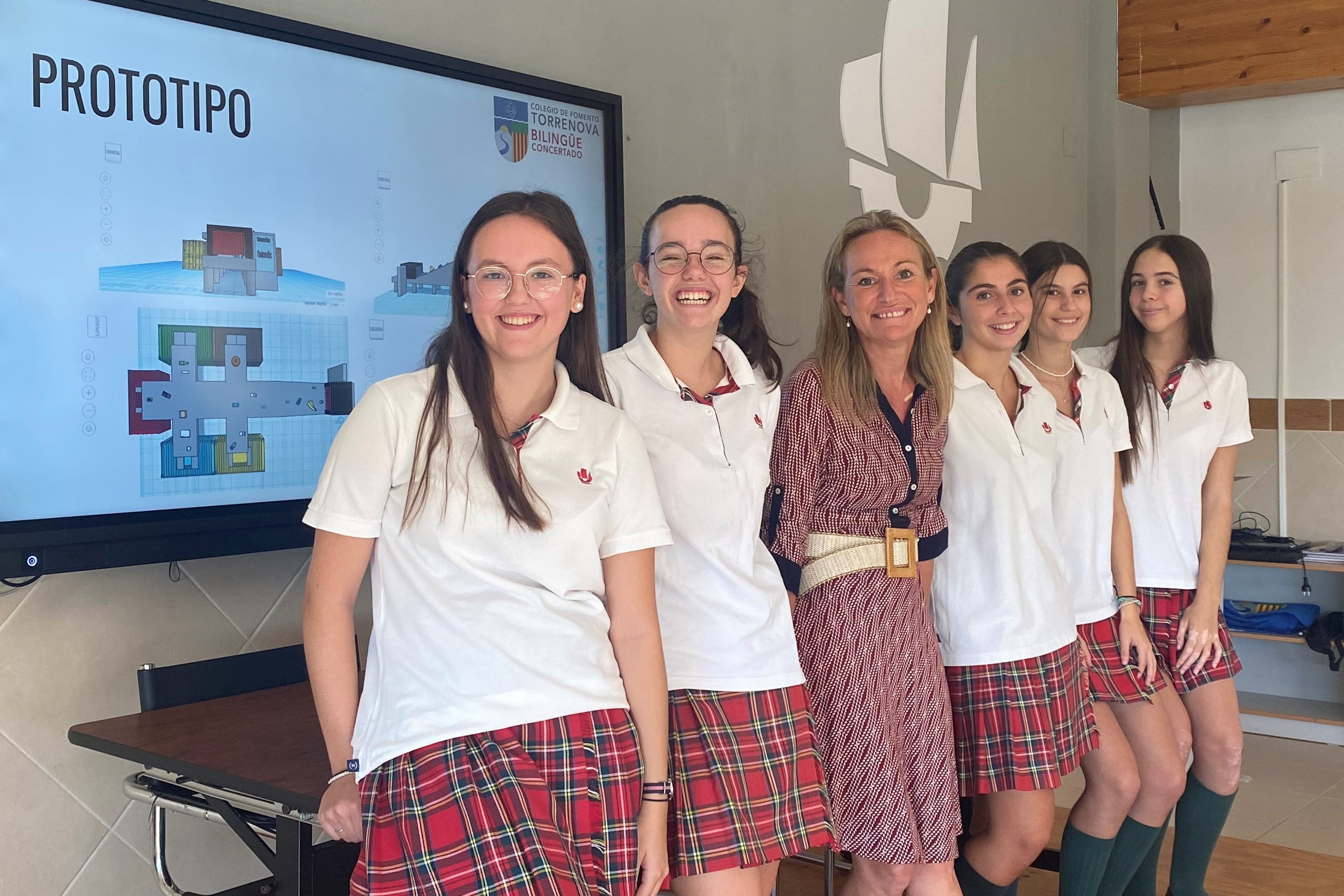
Colegio Torrenova, Betxí (Castellón)
The CleanWay. This project is a mechanised prototype of a conveyor belt that simplifies the separation of urban waste given that it has a scanner that differentiates them to later insert them in the corresponding bin (organic, glass, plastic, paper, etc.).
The belt would be installed in public spaces in all kinds of municipalities and would have the added value of incentivising its use, so those using it would have in turn redeemable points to acquire organic or recycled products in small local shops, promoting responsible consumption in society and the environment.
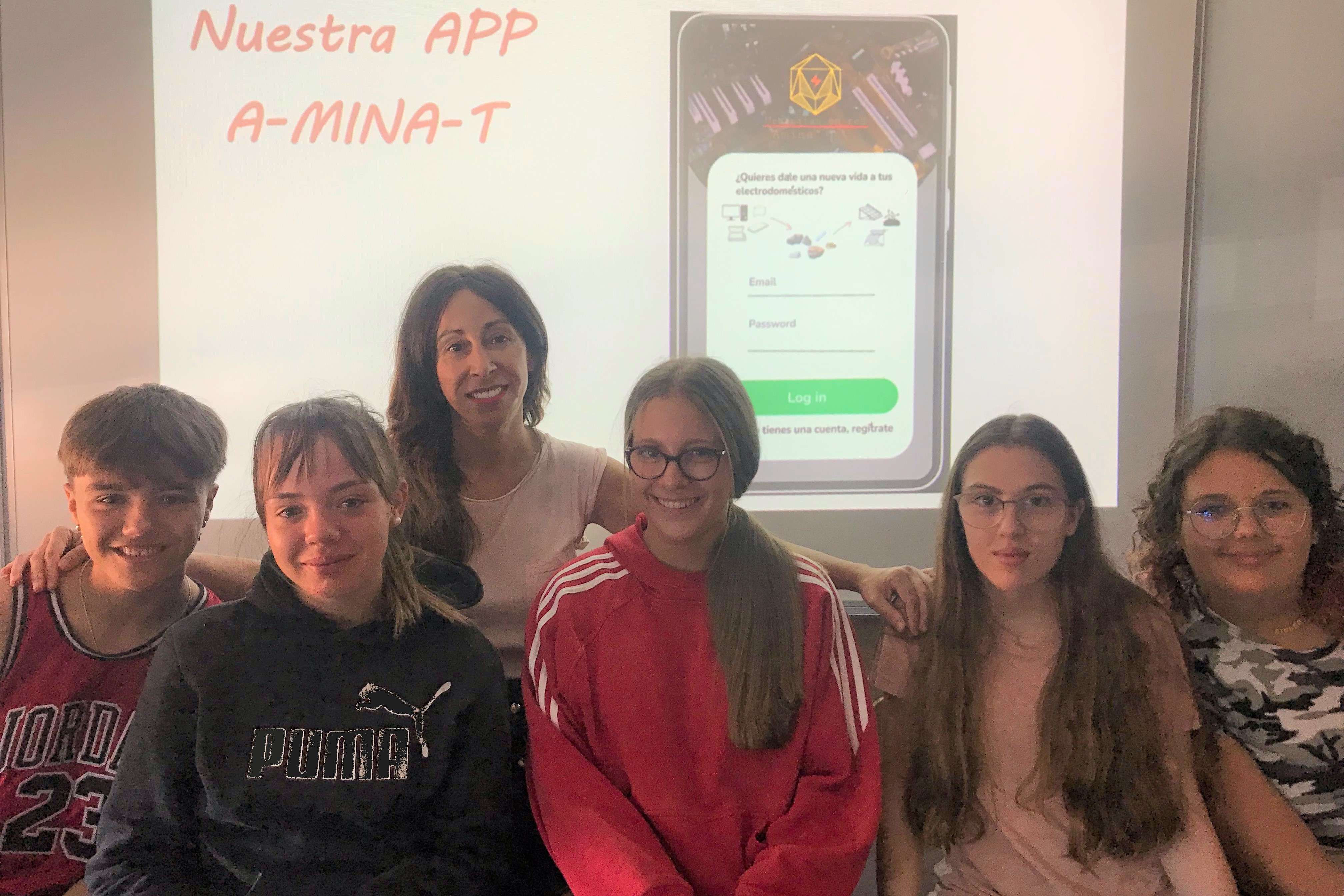
IES Sor Juana de la Cruz, Cubas de la Sagra (Madrid)
AminaT. This team considered the challenge of discarding electronic devices and equipment without damaging the environment and, in turn, reusing the metals and minerals in them, such as graphite, lithium, cobalt, or copper, and giving them a second chance.
The solution is an app to facilitate and incentivise their classmates, teachers, and families to recycle electronic waste in exchange for virtual coins redeemable in the centre’s cafeteria. The recovered components could be used in renewable energy plants.
